Audio is a hobby in which a world of companies come together to create elegant electronics and speakers for music listening at home. Engineers, financiers and businessmen look at our industry and introduce new, more progressive designs when they believe they can carve out a market share in this hotly competitive arena by introducing higher fidelity, more musically engaging systems. We, the music-loving consumer, benefit by not only what immersive music experience can bring into our lives, but also what it can do to our spirit. There is hope and beauty in music, and just as Bernstein had said in his “Learning and reason” speech at Madison Square Garden three days after the Kennedy assassination, our reply to violence must be “to make music more intensely, more beautifully, more devotedly than ever before.”
Today, we need not be a musician to make music. In audio, we the listeners are blessed differently from our performing counterparts in making music; we make music through our audio system. The most gifted of music lovers hear music in his mind, and while we may not share the same gift to the same extent, listening to beautiful music playback through a high-end audio system is an intense experience all of its own. Studies have shown that it is particularly beneficial for a fetus to hear music in the womb of its mother, so that it may develop a heightened sense of sound and music, as well as intelligence.
I had a singularly intense music experience during my recent visit to Aaudio Imports in Parker, Colorado in December, 2015. Since my last visit in 2010, Brian Ackerman, president of Aaudio Imports, had progressed in the collection of music-making abilities of electronics and speakers. In the 24′ x 20′ x 9′ listening room strategically adorned with custom acoustic panels, two pairs of Lansche speakers were set up on opposite short walls. A pair of Lansche 3.1 ($36k/pair, High Gloss Veneer) announced its mesmerizing presence on one short wall with its glowing ion tweeter awaiting action, while a pair of Lansche 8.2 ($276k/pair, High Gloss Veneer) towers over the opposite wall.
Auditioning
Audition began with the Lansche 3.1 first, as Brian believed I would lose interest on the smaller Lansche if he let me listen to the 8.2 first instead. The smaller Lansche ws a 2.5-way passive bass reflex design featuring the company’s unique Corona ion plasma tweeter. It was accompanied by an 8-inch coated paper mid-woofer taking over at 2.5 kHz, while a 9-inch polyester woofer fires downward internally below 80 Hz. Two circular vents were situated near the top at the rear. At 92 dB sensitivity at 8 ohms, the 3.1 weighed 112 pounds each and measures 38.6 inches tall, 9.5 inches wide and 15.4 inches deep.
Placed 30 inches from the front wall, 58 inches from each side wall with 7 feet between themselves, the Lansche 3.1 was driven by the new Ypsilon Phaethon ($25,000) integrated hybrid power amplifier. The Phaethon sported a 11 to 75 kHz bandwidth, outputted 160 wpc into 4 ohms, had a 60 times gain, came with one pair of balanced and three pairs of single-ended inputs. Two 6H30 tubes regulated input. The Ypsilon Phaethon weighed 77 pounds and measured 15.8 inches wide, 16.7 inches deep and 7.3 inches tall. The coach was set at the tip of an equilateral triangle in relation to the Lansche 3.1s with over 6 feet of clearance behind the coach. The Lansche 3.1s were toed-in slightly.
Digital source was via my 128GB Apple iPhone 6 with CD music ripped using the Apple iTunes software. Importing resolution of the iTunes was set at the 16bit/44.1kHz WAV-format level. The digital signal was then transmitted wirelessly via the iPhone’s Bluetooth aptx codec to an Audioengine B1 Premium Bluetooth Music Receiver. The diminutive Audioengine B1 received the digital signal then upsampled the incoming signal to 24-bit precision and outputted the analog signal via an AKM AK4396 chip to its RCA outputs. The digital signal was down-converted back to 16-bit resolution before being outputted through the B1’s toslink jack.
The digital signal was then fed to the Ypsilon DAC 100 ($29,000) valve stereo DAC. See the Dagogo Review on the 55-pound DAC. Since the Ypsilon DAC 100 didn’t support toslink input, a toslink-coaxial converter bridged the Audioengine B1 to the Ypsilon DAC. An Aural Symphonics toslink Digital Standard linked the Audioengine B1 to the t-c converter, while a Stage III Chimaera Ultimate Resolution Digital Link ($5,100/meter) connected the toslink-coaxial converter to the Ypsilon DAC.
The Stage III Chimaera was constructed with a single Aerostrand Ultra palladium/silver alloy conductor with a silver braid return. There was a semi-vacuum in the dielectric inner core tube drawn to 675mm HG HDA foil/nickel plated braid shielding. Shielding was now enhanced by the use of multi-layer construction with ferrite, ceramic and high density alloy granules for enhanced mechanical damping and shielding. The housing was also enhanced with the use of custom handmade woven carbon fiber. The cable was terminated with cyro-treated, Hyperion silver RCA or XLR connectors with ceramic-infused polymer insulators, custom made by Stage III Concepts. All Stage III products, including the Chimaera, were cryogenically treated.
The same digital system was used as reference on both Lansche 3.1 and 8.2 system throughout my stay. See the “System Two” PDF below for details on the rest of the system.
The Lansche 3.1 as driven by the Ypsilon Phaethon was an overachiever for its size. By virtue of the Corona ion plasma tweeter, the 3.1 behaved like a possessed engine spewing out gobs of information in the league of electrostatics, fully resplendent in the speed and effortlessness. Spatial scaling of orchestral pieces were the Lansche’s strong suits; strings and brasses were thrown onstage and seemingly occupying tremendous amount of spatiality. Turn it louder, sink deeper into the couch and the dimensionality just kept on unfolding. The old Acapella Triolon Excalibur that used to occupy this room also featured a plasma tweeter, and having written about it as well, I have to conclude on the definitive superiority of these technological wonders which were so capable in recreating the dimensionality of the recorded venue.
Then, the Lansche 8.2 completely obliterated my former opinion of the Corona tweeter.
- (Page 1 of 2)
- Next page →

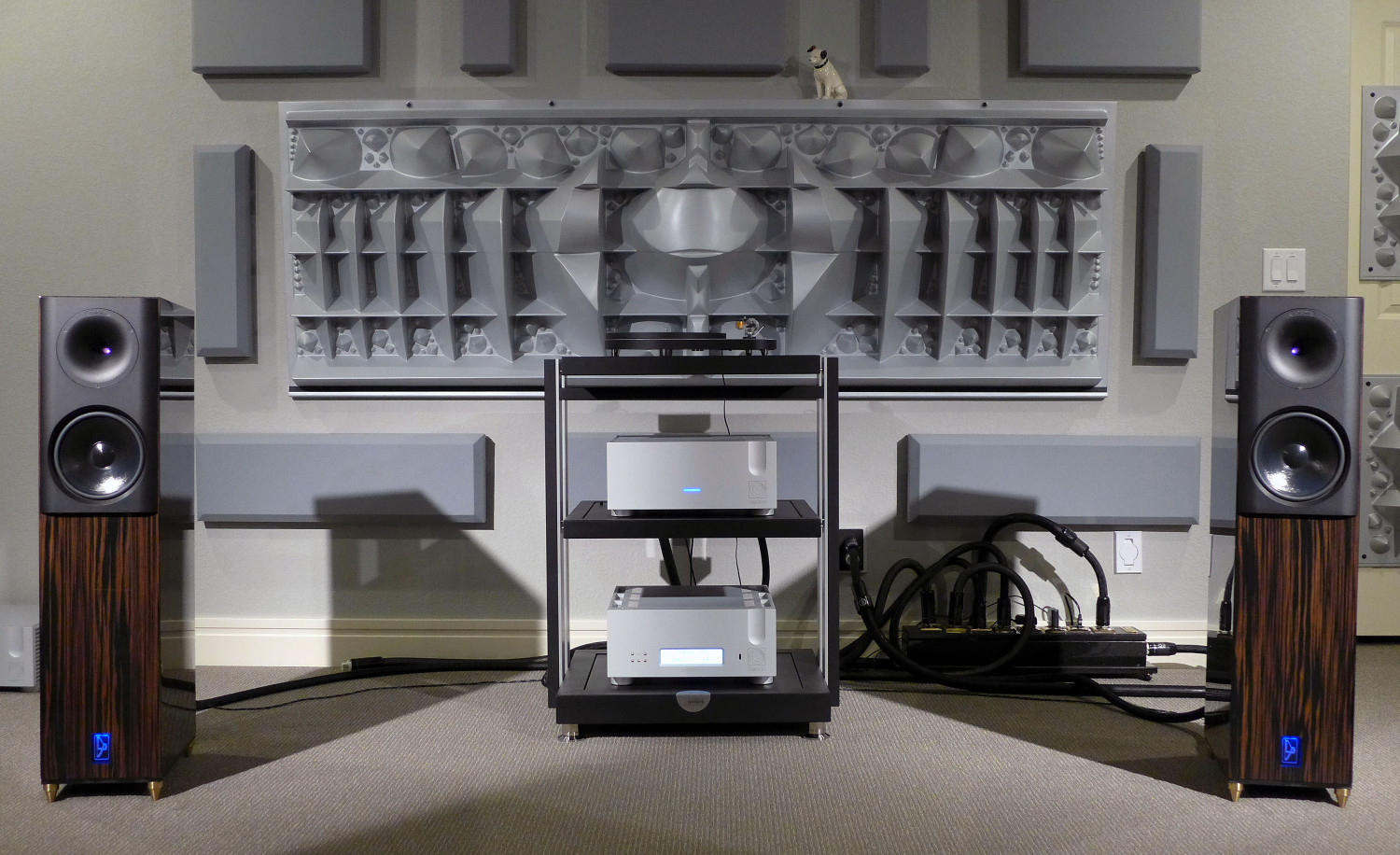
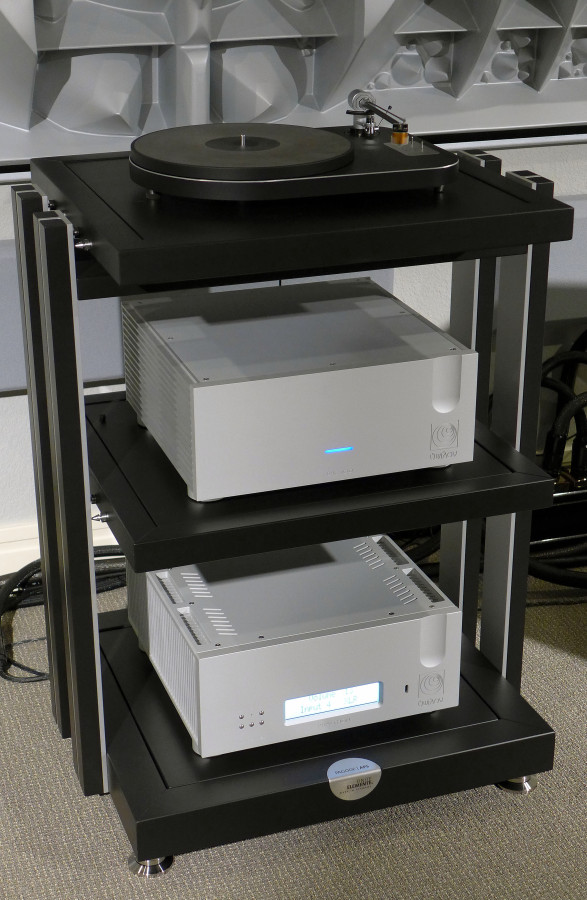
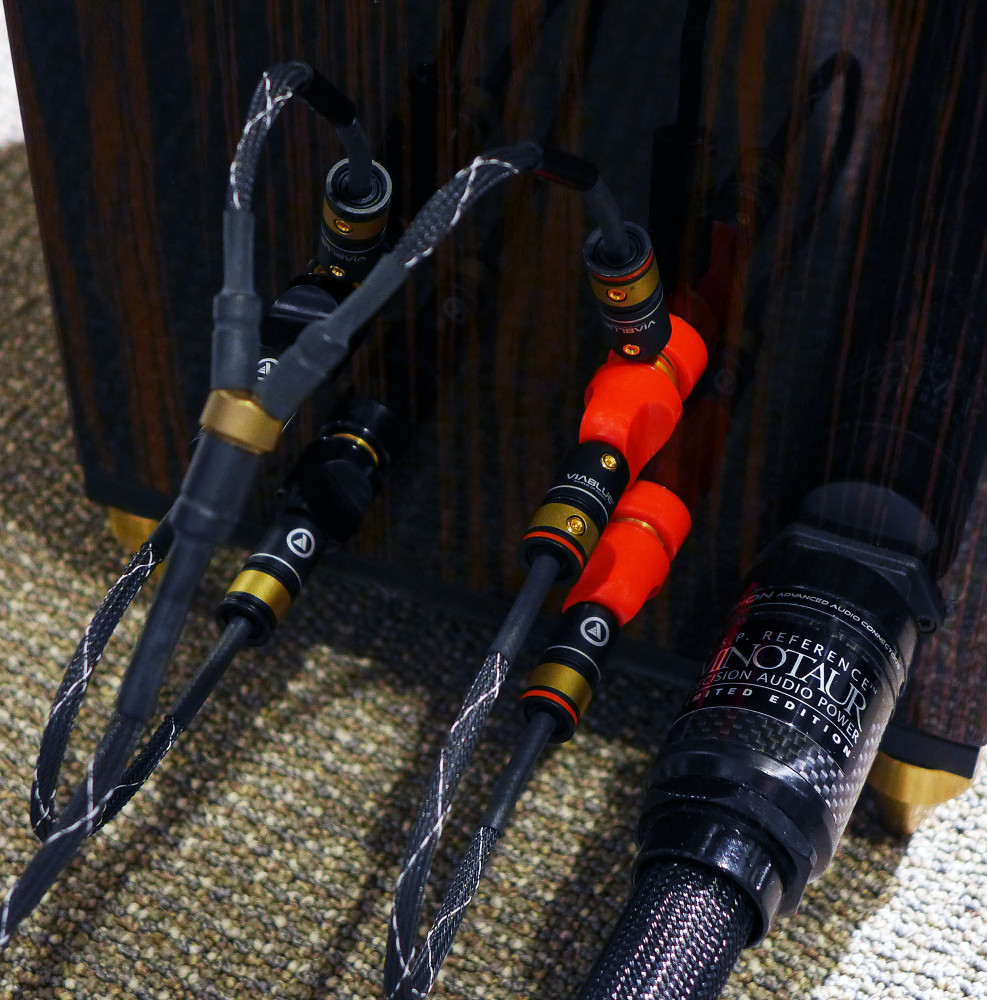
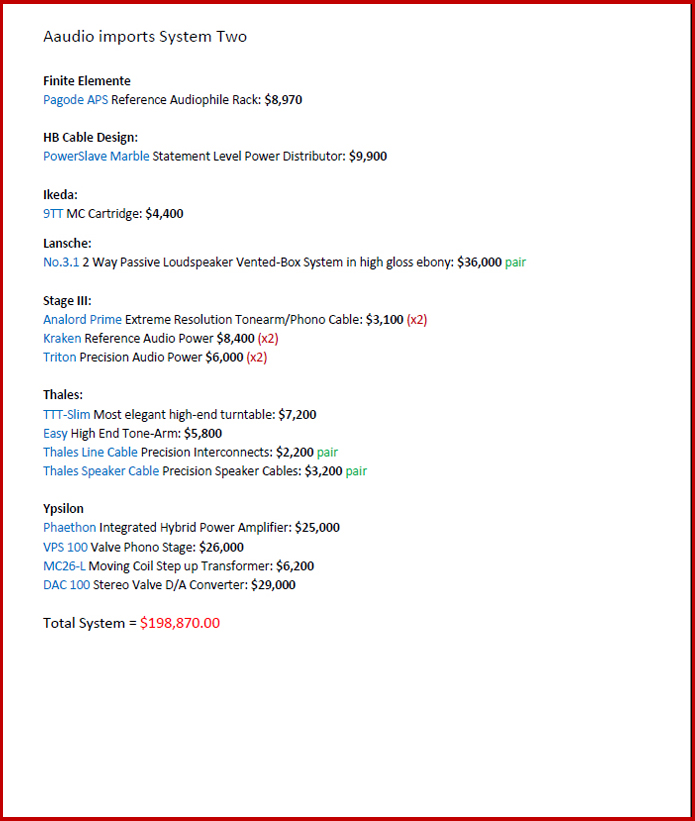
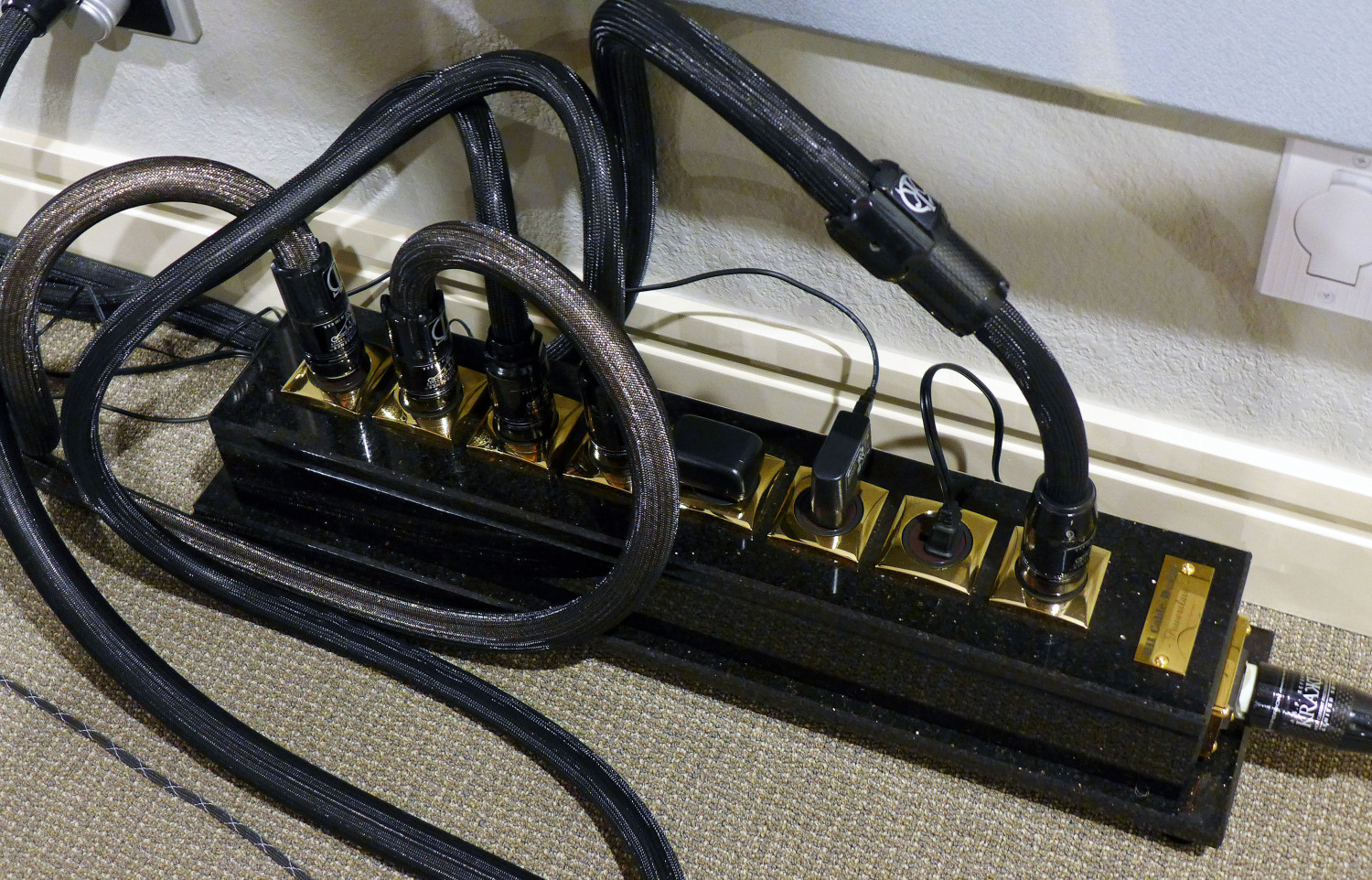
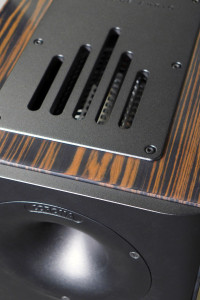
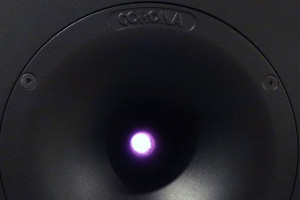
There are just a couple of manufacturers of these amazing tweeters, here’s a list of some https://massless.info/Commercial.html